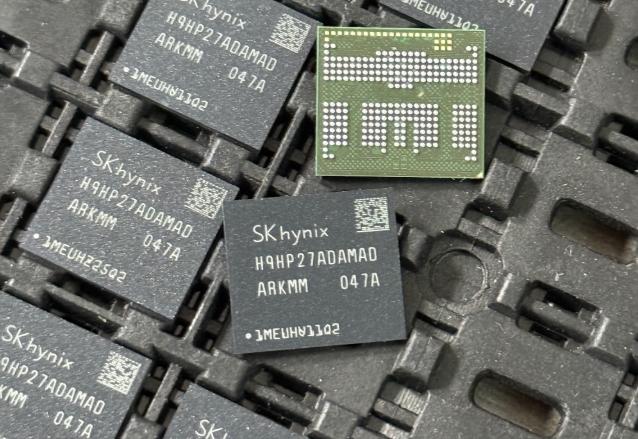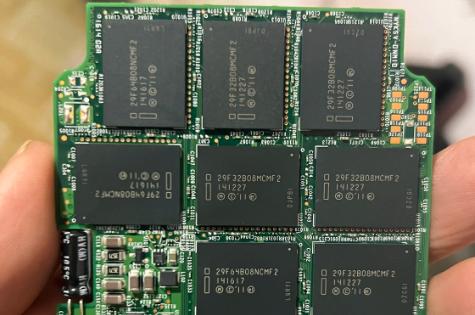Hello! now About Us
Temperature Sensor ENV-20-PH: Technical Analysis and Application Exploration
4/9/2025 1:46:16 AM
In the field of industrial automation and intelligent monitoring, temperature sensor serve as critical components for environmental parameter acquisition and equipment condition monitoring. As a typical temperature sensor, ENV-20-PH demonstrates significant value across multiple application scenarios with its unique performance advantages. This article will delve into the component's value from technical characteristics, operating principles, application scenarios, and future development trends.
I. Model Positioning and Technical Features
ENV-20-PH belongs to the Negative Temperature Coefficient (NTC) thermistor category. The "ENV" in its model name indicates its design for environmental monitoring, while "20-PH" may represent packaging dimensions or specific performance indicators. According to public data, the sensor has a temperature measurement range of -5℃ to +99℃ and adopts glass encapsulation technology, featuring the following core characteristics:
Wide Temperature Range Coverage: Its low-temperature detection capability down to -5℃ makes it suitable for refrigeration equipment or low-temperature experimental environments, while the upper limit of 99℃ meets the temperature monitoring needs of general industrial equipment.
Rapid Response Mechanism: The semiconductor properties of NTC thermistors enable exponential resistance changes with temperature variations, achieving millisecond-level responses when combined with dedicated signal processing circuits.
Environmental Adaptability: The glass encapsulation structure offers both sealing and chemical stability, resisting harsh conditions such as humidity and oil contamination, with a surface protection rating typically reaching IP67.
It should be noted that specific accuracy parameters (e.g., ±0.5℃ or ±1℃) and long-term drift rates require further confirmation through official datasheets.
II. Operating Principles and Circuit Characteristics
As an NTC-type sensor, ENV-20-PH follows the semiconductor thermosensitive effect principle:
Resistance-Temperature Characteristics: Its resistance decreases exponentially with rising temperature, following the Steinhart-Hart equation:
T
1
=A+Bln(R)+C(ln(R))
3
Temperature values can be derived by measuring resistance.
Signal Conversion Circuit: Typically used with voltage divider circuits or Wheatstone bridges to convert resistance changes into voltage signals. Modern designs often integrate signal amplification, linearity correction, and digital interface modules.
The sensor supports analog voltage output (e.g., 0-5V corresponding to the measurement range) or digital interfaces (e.g., I²C/SPI) for direct connection with microcontrollers or PLC systems.
III. Typical Application Scenarios
(1) Industrial Equipment Monitoring
In CNC machines, injection molding machines, and other equipment, ENV-20-PH can be embedded on the surfaces of key components to monitor operating temperatures in real-time. For example, in a certain brand of inverter, a sensor array is used to monitor the temperature field distribution of IGBT modules, effectively preventing thermal runaway risks.
(2) New Energy Sector
Photovoltaic Inverters: Tracks IGBT module junction temperatures to optimize MPPT algorithm efficiency.
New Energy Vehicles: Monitors battery pack temperatures and works with BMS to implement thermal management strategies.
(3) Smart Agriculture
In greenhouse scenarios, the sensor is integrated with humidity sensors to build an environmental sensing network. A smart agriculture solution using ENV-20-PH sensors uploads temperature data to a cloud platform, enabling:
Automatic compensation control for diurnal temperature variations.
Prediction model construction for pest occurrence probabilities.
(4) Medical Cold Chain
During vaccine transportation, the sensor is integrated with GPS modules to enable full-process temperature tracking. A case study from a biopharmaceutical company showed that redundant sensor design reduced temperature exceedance events during transportation by 83%.
IV. Technical Advantages and Selection Considerations
Compared to similar sensors, ENV-20-PH excels in the following aspects:
Feature ENV-20-PH Performance Competitor Comparison
Cost-effectiveness Mid-price range, high cost performance Lower than industrial-grade PT100, higher than consumer-grade
Installation Convenience Supports threaded/adhesive mounting Requires dedicated fixtures
Anti-interference Capability Built-in electromagnetic shielding layer Requires additional shielding enclosure
Digitization Level Integrated digital calibration function Requires external calibration equipment
Key considerations during selection:
Accuracy Matching: Choose ±0.5℃ for precision measurements or ±2℃ for general monitoring based on application needs.
Response Time: Thermistor time constant τ is typically <5 seconds, suitable for dynamic monitoring scenarios.
Long-term Stability: Annual drift rate should be <0.1% to ensure long-term monitoring reliability.
V. Future Development Trends
With the deepening of IoT technology, ENV-20-PH sensors are evolving in three directions:
Intelligent Upgrades: Integrating edge computing capabilities for autonomous temperature anomaly warnings.
Wireless Transformation: Supporting Bluetooth 5.0/NB-IoT protocols to reduce wiring costs.
Multi-parameter Fusion: Integrating with humidity and pressure sensors to build environmental sensing modules.
An industrial IoT solution has verified that multi-sensor data fusion can improve equipment failure prediction accuracy by over 40%.
Conclusion
As a critical component in environmental monitoring, the temperature sensor ENV-20-PH showcases the development trend of modern sensor technology towards "precise sensing and intelligent collaboration" through the deep coupling of technical features and application scenarios. In the wave of industrial internet and smart city construction, such sensors will continue to drive the evolution of data acquisition dimensions from "single parameters" to "multidimensional sensing," providing solid data support for intelligent decision-making. In the future, with the integration of materials science and AI technology, temperature sensor will break traditional boundaries and unleash value potential in more emerging fields.
Fudong Communication (Shenzhen) Group Co., Ltd., established in 2004, is a specialized global first tier semiconductor agent/distributor.
Fudong Mall is an online e-commerce platform belonging to Fudong Communication (Shenzhen) Group Co., Ltd. Fudong collaborates with global electronic component distributors and Chinese spot inventory suppliers.









